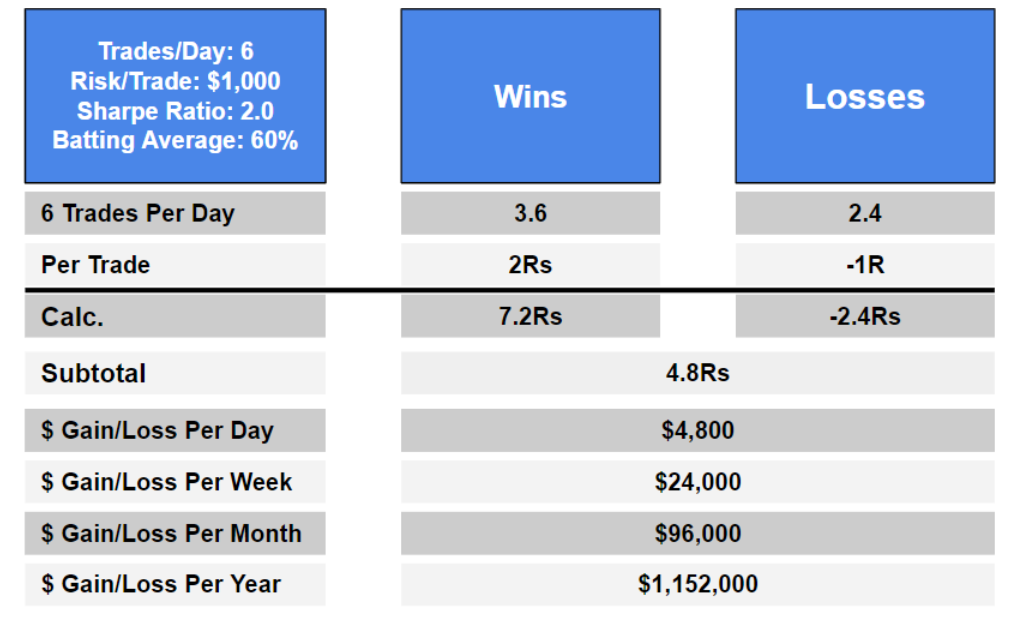
Going short in Forex trading means that you sell a currency pair and wait for the price of the pair to decline. Forex trading is possible using many strategies. Some of them include hedging. Others involve position sizing. Stop-losses. Read on to learn about them. Going short has many benefits. These are just a few of the many benefits. This article should have helped you get started.
Positions
Forex trading involves the trade of several currency pairs. Long positions, however, are wagers to increase the value of a currency couple. Short positions, on other hand, bets to decrease the value. The size and direction each position takes is determined by the underlying currency pairs and the amount of leverage the trader can use. It is important to use the correct leverage when entering a trade.

Stop-losses
When short selling currencies, the key to making money is knowing when to stop. While stop-losses can be crucial for many reasons. Perhaps the most important reason is that we don't know the future for the currency we are selling. Every trade is risky as the market can't predict the future. Traders who are successful in the market often win on many currency pairs, so we must be prepared for these situations.
Hedging
A hedge is an investment strategy which is used to reduce or eliminate some of the risks associated with a particular position. Hedging is the act of purchasing a currency option that gives the buyer the right and ability to execute a trade on forex trading before the expires. A put option can be described as an option on an asset while a call option refers to a contract on the asset. The buyer of a call option must sell the asset to the option buyer, while the seller of a put option must buy the asset on that same day.
Technical indicators
Forex traders have a wide range of technical indicators to choose from. These indicators can be used for identifying relative volatility and price levels. These tools can be used in high-timeframe markets like stocks and commodities. Many traders think more is better. This is not the case. Too many indicators can give you less information and some are duplicates. Some indicators can even be counterproductive. You might be interested in shorting a currency pairing. Here are some indicators to look out for.
Short trades: Interest
A form of forex trading that allows a person to hold a position in one currency for a brief time, is called interest on short forex trades. Short trades involve the purchase of one currency and sale of another. The currency that is sold during the trade period is considered borrowed and subject to interest. In contrast, the currency purchased is considered owned. Interest is earned at the difference between these rates.

Risk management
Risk management is key to any successful strategy in short selling currencies. To make sure you maximize your profits and limit your downside, it is important to manage your risk. A shorting strategy must include stop-losses and profit targets. These are important components to ensure your gains don't get lost in the face of price volatility. Active traders constantly interact with the market and place their capital at risk in an effort to realize a financial return. To be successful, you need to learn how manage risk.
FAQ
How do people lose money on the stock market?
The stock exchange is not a place you can make money selling high and buying cheap. It's a place you lose money by buying and selling high.
The stock market is an arena for people who are willing to take on risks. They will buy stocks at too low prices and then sell them when they feel they are too high.
They are hoping to benefit from the market's downs and ups. They might lose everything if they don’t pay attention.
What is security at the stock market and what does it mean?
Security is an asset that produces income for its owner. The most common type of security is shares in companies.
Different types of securities can be issued by a company, including bonds, preferred stock, and common stock.
The value of a share depends on the earnings per share (EPS) and dividends the company pays.
Shares are a way to own a portion of the business and claim future profits. You receive money from the company if the dividend is paid.
Your shares may be sold at anytime.
What are the advantages to owning stocks?
Stocks are less volatile than bonds. The value of shares that are bankrupted will plummet dramatically.
However, share prices will rise if a company is growing.
For capital raising, companies will often issue new shares. This allows investors the opportunity to purchase more shares.
To borrow money, companies use debt financing. This allows them to get cheap credit that will allow them to grow faster.
People will purchase a product that is good if it's a quality product. Stock prices rise with increased demand.
As long as the company continues to produce products that people want, then the stock price should continue to increase.
Why is a stock called security.
Security is an investment instrument, whose value is dependent upon another company. It can be issued by a corporation (e.g. shares), government (e.g. bonds), or another entity (e.g. preferred stocks). If the asset's value falls, the issuer will pay shareholders dividends, repay creditors' debts, or return capital.
How Share Prices Are Set?
Investors decide the share price. They are looking to return their investment. They want to make profits from the company. They purchase shares at a specific price. Investors make more profit if the share price rises. The investor loses money if the share prices fall.
An investor's main goal is to make the most money possible. This is why they invest into companies. It allows them to make a lot.
Statistics
- Our focus on Main Street investors reflects the fact that American households own $38 trillion worth of equities, more than 59 percent of the U.S. equity market either directly or indirectly through mutual funds, retirement accounts, and other investments. (sec.gov)
- "If all of your money's in one stock, you could potentially lose 50% of it overnight," Moore says. (nerdwallet.com)
- Individuals with very limited financial experience are either terrified by horror stories of average investors losing 50% of their portfolio value or are beguiled by "hot tips" that bear the promise of huge rewards but seldom pay off. (investopedia.com)
- Ratchet down that 10% if you don't yet have a healthy emergency fund and 10% to 15% of your income funneled into a retirement savings account. (nerdwallet.com)
External Links
How To
How to Invest Online in Stock Market
The stock market is one way you can make money investing in stocks. There are many options for investing in stocks, such as mutual funds, exchange traded funds (ETFs), and hedge funds. The best investment strategy depends on your risk tolerance, financial goals, personal investment style, and overall knowledge of the markets.
First, you need to understand how the stock exchange works in order to succeed. Understanding the market, its risks and potential rewards, is key. Once you understand your goals for your portfolio, you can look into which investment type would be best.
There are three main categories of investments: equity, fixed income, and alternatives. Equity is ownership shares in companies. Fixed income refers to debt instruments such as bonds and treasury notes. Alternatives include commodities, currencies and real estate. Venture capital is also available. Each option has its pros and cons so you can decide which one suits you best.
Two broad strategies are available once you've decided on the type of investment that you want. One is called "buy and hold." You buy some amount of the security, and you don't sell any of it until you retire or die. Diversification is the second strategy. It involves purchasing securities from multiple classes. If you purchased 10% of Apple or Microsoft, and General Motors respectively, you could diversify your portfolio into three different industries. Multiple investments give you more exposure in different areas of the economy. It helps protect against losses in one sector because you still own something else in another sector.
Another important aspect of investing is risk management. You can control the volatility of your portfolio through risk management. A low-risk fund could be a good option if you are willing to accept a 1% chance. On the other hand, if you were willing to accept a 5% risk, you could choose a higher-risk fund.
The final step in becoming a successful investor is learning how to manage your money. A plan is essential to managing your money. You should have a plan that covers your long-term and short-term goals as well as your retirement planning. This plan should be adhered to! You shouldn't be distracted by market fluctuations. You will watch your wealth grow if your plan is followed.